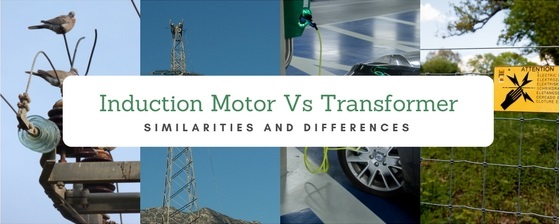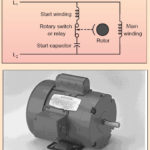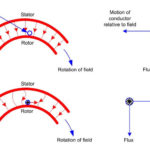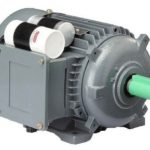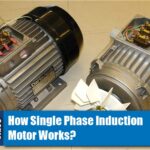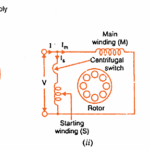An induction motor may be considered to be a transformer with a rotating short-circuited secondary. The stator winding corresponds to the transformer primary and the rotor winding to the transformer secondary.
However, the following differences between the two are worth noting:

1. Air Gap
Unlike a transformer, the magnetic circuit of a 3-phase induction motor has an air gap. Therefore, the magnetizing current in a 3-phase induction motor is much larger than that of the transformer.
For example, in an induction motor, it may be as high as 30-50 % of rated current whereas it is only 1-5% of rated current in a transformer.
2. Leakage Reactance
In an induction motor, there is an air gap and the stator and rotor windings are distributed along the periphery of the air gap rather than concentrated on a core as in a transformer.
Therefore, the leakage reactances of stator and rotor windings are quite large compared to that of a transformer.
3. Mechanical and Electrical Outputs
In an induction motor, the inputs to the stator and rotor are electrical but the output from the rotor is mechanical. However, in a transformer, input, as well as output, is electrical.
4. Slip
The main difference between the induction motor and transformer lies in the fact that the rotor voltage and its frequency are both proportional to slip s.
If f is the stator frequency, E₂ is the per phase rotor e.m.f. at standstill and X₂ is the standstill rotor reactance/phase, then at any slip s, these values are:
Rotor e.m.f./phase, E₂’ = s E₂
Rotor reactance/phase, X₂’ = sX₂
Rotor frequency, f’ = sf
